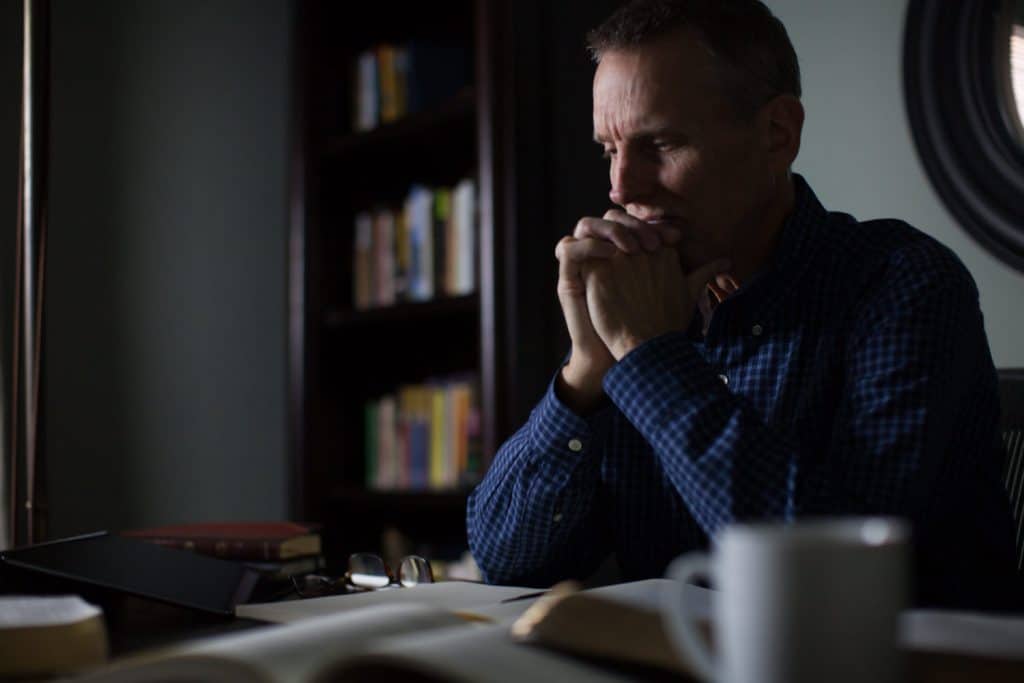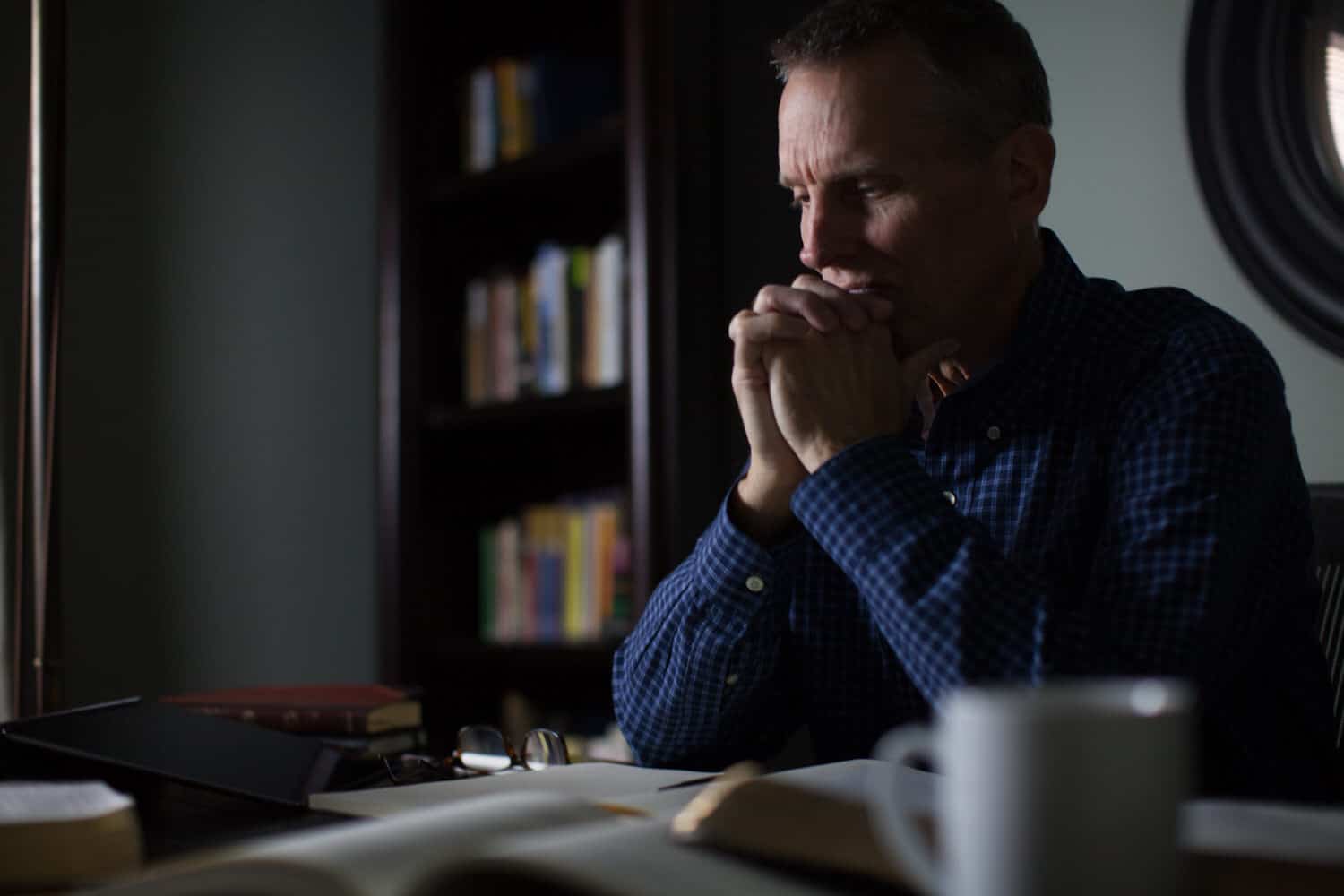Changing Church Culture


As a church planter, I’m a big believer in church revitalization. We need pioneers who move into unchurched areas and start new churches. We also need pastors who will move into struggling churches, and lead and love them back into health.
The problem? Both church planting and church revitalization are hard. I don’t know which is harder, but my sense is that more fail at revitalization than they do planting. Roughly a third of church plants fail. My guess is that more than a third of church revitalization efforts fail. One of the main reasons: it’s very difficult to change the culture of a church. Unless the culture changes, there’s little hope for real transformation.
The Importance of Culture
In Designed to Lead, Eric Geiger and Kevin Peck argue that, in order to develop leaders within the church, churches need a framework with three components:
- conviction — a God-initiated passion and belief
- culture — the shared beliefs and values that drive the behavior of a group of people
- constructs — systems, processes, and programs that translate the conviction and culture into reality
“If any of the three are missing,” they write, “leadership development will be stifled.”
I’m grateful for this framework, and I believe it applies to more than just leadership development. Revitalizing a church requires that we foster the right convictions, the right culture, and the right constructs. If any of these are missing, revitalization will fail.
Of the three, I’m convinced that culture is the hardest to change. Culture is shaped over a long period of time, and doesn’t change easily. Until the culture changes, though, real transformation is impossible.
Geiger and Peck are absolutely right:
We must get underneath the visible layer of culture, beneath even the stated beliefs of culture, and go all the way to the invisible assumptions held by the church. This isn’t an easy task, but it is one that must be taken by those who care for the church they serve…
If churches are to build a healthy culture…they cannot simply correct behavior and change programs. Behavior is an expression of the church’s underlying beliefs, so addressing behavior alone will prove insufficient. Neither can a church simply reorganize their way to a healthy culture. We must cultivate the theological assumptions beneath the surface. The task of culture cultivation must be taken seriously. We cannot expect a harvest if we are planting seeds in barren soil.
It’s not enough to preach the right things, and organize the right things. We must lead churches to collectively embrace the right things. These beliefs and values must begin to drive the behavior of the church in new ways. Until we’ve changed the culture, revitalization will fail. And yet changing a church’s culture is one of the most difficult things a leader is called to do. As Tom Peters says, “It’s easier to kill an organization than it is to change it.”
Changing Culture
I wish I’d read chapter 6 of Designed to Lead years ago. It’s called “Transforming Culture.” They admit that changing culture is hard. “Shaping culture is much more difficult than changing staff, worship style, logos, programs, or even the name of a church.” And yet they provide some practical steps that leaders can take to diagnose and change a church’s culture. They reference John Kotter’s Leading Change, a classic book on leading transformation.
The advice is relatively simple: establish urgency, build a guiding coalition, generate short-term wins, and so on. They also advise that we shape culture by asking these questions:
- What’s celebrated?
- What’s prayed for?
- What’s funded?
The advice is simple, practical, and wise. These practices are essential. And yet they point at why revitalization is so rare: they’re hard. You can establish urgency, build a coalition, celebrate and pray for the right things, and still fail to change the culture. Changing and managing church culture are difficult. Yet, by God’s grace, it can happen.
Ray Ortlund writes:
When the doctrine is clear and the culture is beautiful, that church will be powerful. But there are no shortcuts to getting there. Without the doctrine, the culture will be weak. Without the culture, the doctrine will seem pointless.
We need healthy gospel doctrine and health gospel cultures. It’s essential to get there, but it’s not always easy.
We need pastors who are brave enough to take on the task of revitalization. They can and must go into churches knowing that change will be tough, and that they may fail. They must learn all that they can about how to change culture. And then they must pray that God will change the hearts of the people so that the culture really changes. When all of this happens, real change is possible.
We need church planters and revitalizers. But let’s never forget the risks. Let’s support each other in our roles, learn all that we can, and rely on God like crazy. The job’s too important for anyone to think we can do it on our own.






